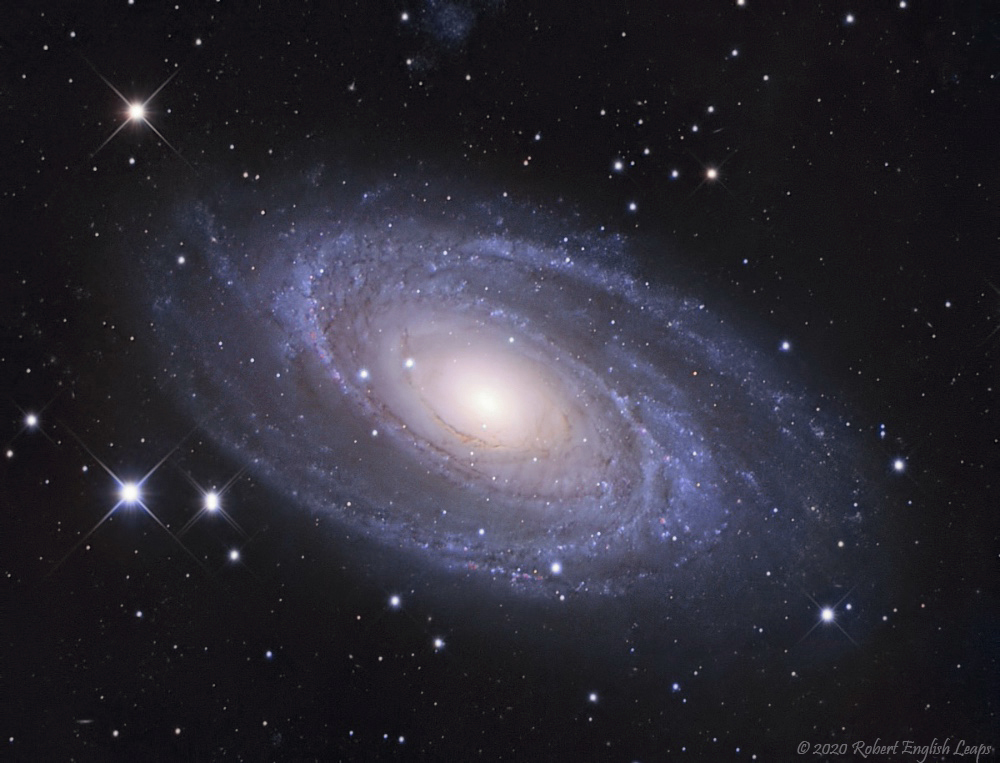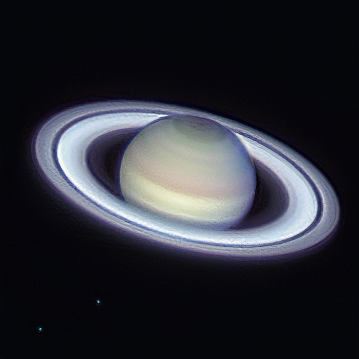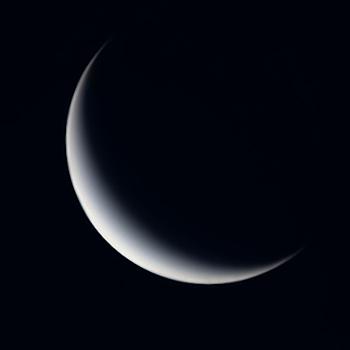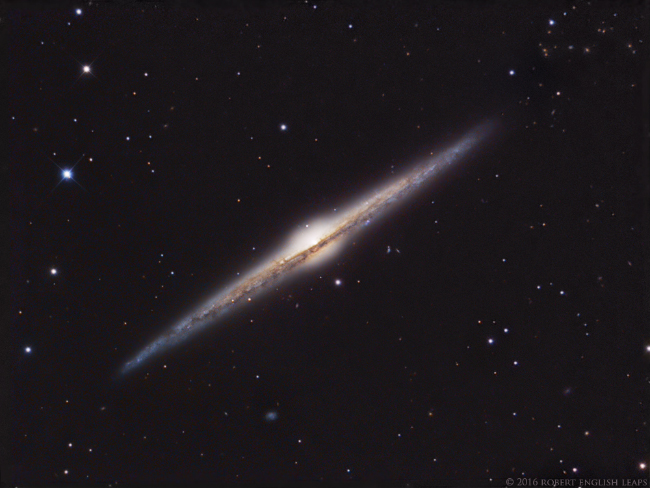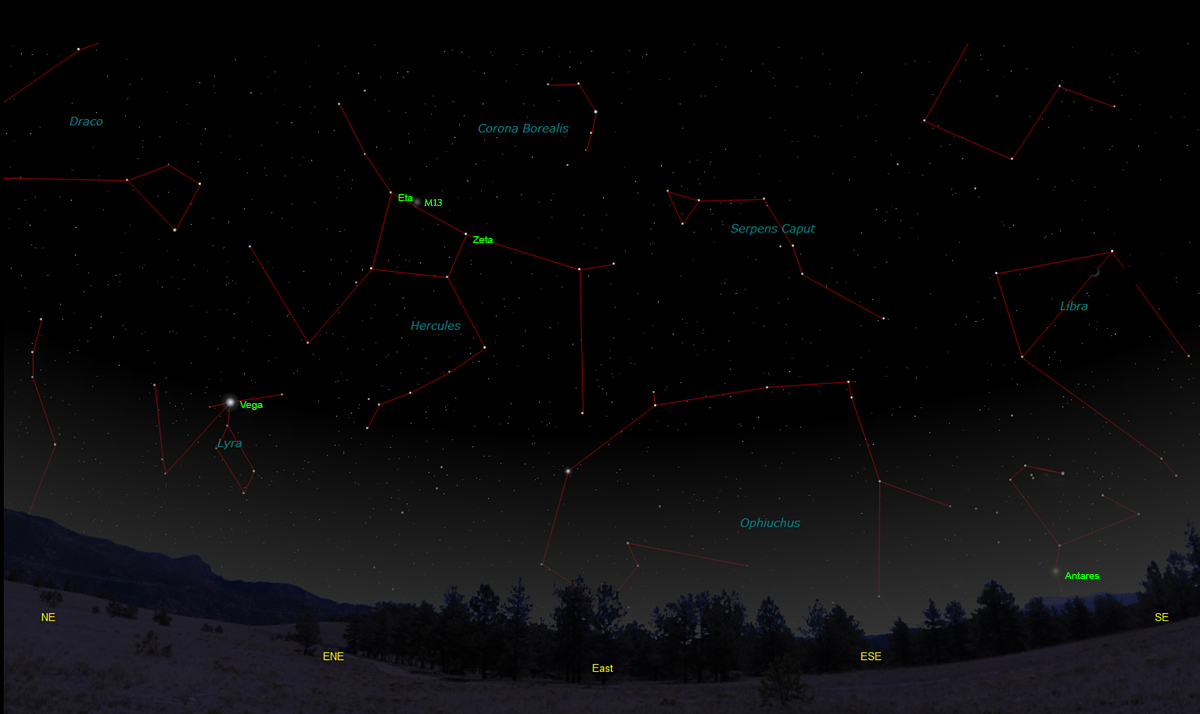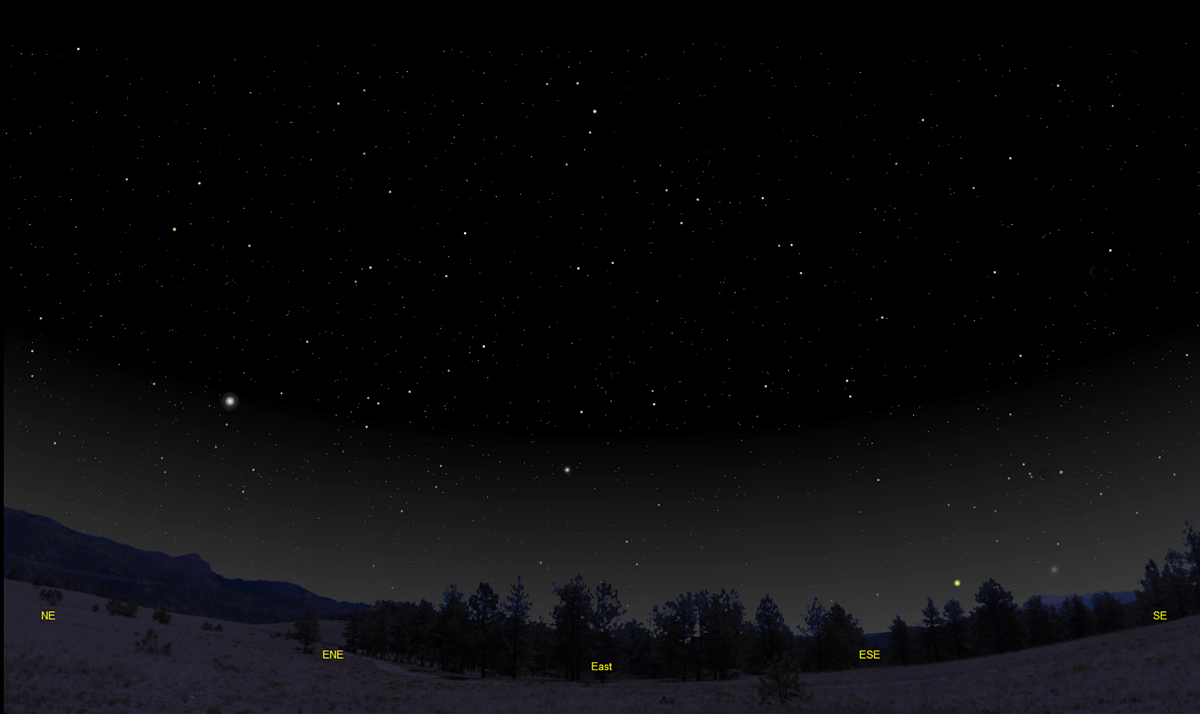The purpose of this feature is to give scout leaders, educators and naturalists an idea of some of the natural events coming up each month. We will try to cover a variety of natural events ranging from sky events to calling periods of amphibians, bird and mammal watching tips, prominent wildflowers and anything else that comes to mind. We will also note prominent constellations appearing over the eastern horizon at mid-evening each month for our area for those who would like to learn the constellations. If you have suggestions for other types of natural information you would like to see added to this calendar, let us know! Note: You can click on the hyperlinks to learn more about some of the featured items. To return to the Calendar, hit the "back" button on your browser, NOT the "back" button on the web page. All charts are available in a "printer friendly" mode, with black stars on a white background. Left clicking on each chart will take you to a printable black and white image. Though we link book references to nationwide sources, we encourage you to support your local book store whenever possible.
Notes From April 2020 Between bouts of stormy weather this April I had a few clear and steady nights for some galaxy viewing. In April the constellation of Leo the Lion shines in the south in mid-evening. If you slide down the tail of the lion, you'll land in the realm of the galaxies. You are in the middle of the great Virgo Cluster. I spent a little time on April 14th visually checking up on several galaxies with the 12.5-inch reflector at my observatory. First was an interesting pair of interacting galaxies called "The Antennae." These two galaxies are in the constellation of Corvus the Crow. I found them to be fairly bright, but their crossing antennae-like tidal tails were glimpsed only faintly. Next I went to Coma Berenices to look at the spectacular edge-on galaxy NGC 4565. It was big and bright, stretching most of the way across my field of view. You could see the central hub and the dust lane easily. Finally, I looked towards Canes Venatici to spend some time with Messier 51, the Whirlpool Galaxy. It is another favorite. I traced its spiral arms as they wound outward to its companion galaxy, NGC 5195. It was a beautiful night! On April 18th I tried out a new astrocamera for the first time. I decided to image the spiral galaxy Messier 81 in Ursa Major. I was having trouble setting up the camera's autoguider, and was just about to give up when I decided to just center the galaxy and let the telescope take images without any guiding. Amazingly, that worked very well, and I accumulated enough sub-exposures to create the image below.
Discovered by Johann Bode in 1774, Messier 81 is about 12 million light-years distant and is one of 34 galaxies in the Ursa Major group. It's one of the brightest galaxies in the night sky. Some experienced observers in very dark skies have seen it with the naked eye. It is not at all hard to see in binoculars as a tiny misty spot, along with the nearby galaxy Messier 82. It's one of my favorite galaxies. When I was in high school I picked up a book on astronomy that included a photo of M-81. That image, more than the text, hooked me on astronomy. I decided then and there to build a telescope of my own. I spent long hours in the basement of our house that winter grinding the surface of the Pyrex mirror blank into a parabola. In the spring I had my first look at the night sky through my telescope. I chose the diamond-like, blue-white star Vega for my first view. That did it! I haven't stopped looking since. Galaxies seen visually through a telescope look much more subdued than what you see in long-exposure photographs. They are colorless and much less detail is visible - often they appear just as a soft glow at the limit of visibility. The human eye does not see color or detail very well at low light levels. Unlike objects like the Moon and Saturn, galaxies don't have a high "Wow!" factor for most people. So why hunt them down visually? I think for me the knowledge of what I'm actually seeing makes a difference. John Burroughs said that one secret of success in observing nature is a capacity to take a hint. Visually, galaxies beckon with subtle hints. I think of those soft glows as the distant running lights of great ships at sea. They glide silently through the night sky overhead. The photons that are tickling the retina of my eye are millions, and sometimes billions, of years old. When I was looking at this first image from my new camera it brought to mind a quote from Henry Beston's The Outermost House. In the chapter, "Night on the Great Beach", he wrote,
Some of the most peaceful moments I have are beneath the stars. On a clear night, when I step outside and look up, it feels like I can almost hear those ancient photons pattering down around me like a soft rain. My resident Barred Owls call, keeping me company. It's going to be a nice evening. Sky Events for May 2020: There are a lot of things going on in the sky this month! Astronomy may be the perfect lock-down activity. For some examples of some ways people have used that to their advantage throughout history, look here. It's not often we get the chance to see a naked eye comet. But some amazing things are happening with comets this month! We have several comets in the news. First of all, Comet Atlas (C2019/Y4) has crumbled and faded. But Comet SWAN (C2020/F8) looks like it may approach naked eye visibility between March 15th and 23rd. Comet PanStarrs (C2017/T2) is also in the evening sky this month, and can be seen with 10x50 binoculars or a telescope. You can find additional information and finder charts here. The Eta Aquariid Meteor Shower peaks on the night of May 4th-5th. The best time will be in the early morning hours, between 3:30am and 5:00am. Look east toward the constellation of Aquarius. This shower is produced as Earth moves through the debris trail of Halley's Comet.
Morning Sky :
Saturn rises not long after Jupiter, about 2:16 a.m. EDT at the beginning of the month in Capricornus. As with Jupiter, you will want to wait till just before dawn to get the best telescopic views. Mars rises after Saturn, about 3:26 a.m. EDT, and will appear below and to the left of Saturn. It will be on the eastern border of Capricornus at the beginning of the month. Its apparent diameter is beginning to grow larger as Earth starts to swing by it in its orbit. The red planet has an apparent diameter of 7.6 arc-seconds at the beginning of the month and will grow to 9.2 arc-seconds by month's end. Evening Sky: Venus is the first star-like object to appear in the western sky after sunset. This month it will appear to plunge into the Sun, creating some very pretty views of the slender crescent towards the end of the month. As Venus sets closer and closer to the setting sun, its apparent size will increase almost 1 minute of an arc! This means that you can see it as a small but distinct crescent in good quality 7x35 binoculars from the middle of the month on. The secret to seeing the crescent is to locate it as soon as possible after sundown (wait till after sunset, sweeping across the face of the Sun can seriously and permanently damage your eyes). If the sky is dark the brightness of the planet will tend to make the crescent harder to see. One trick is to note its position relative to a tree or a building on an evening when the sky has darkened. Then come back and scan with binoculars at that prelocated spot the following day when the sky is brighter. There are even reports of some people with very sharp vision seeing the crescent with the naked eye! To see the crescent in the deepening dusk, perhaps with a few clouds drifting by in the foreground, is a beautiful sight. Mercury will make an appearance this month after sunset. Beginning around May 11th look in the west-northwest, below Venus. The two planets appear to approach each other as the month progresses. Mercury passes Venus on the 21st and by the 22nd Mercury is above and to the left of Venus. On May 24th a thin crescent Moon joins them in the evening sky, which should be pretty. In a telescope the thin crescent of Venus will contrast with the waning gibbous phase of Mercury. Mercury will continue to climb higher in the sky till it reaches its greatest elongation from the Sun on June 4th.
A sure sign that spring is here is the rising of the bright blue-white star Vega in the early evening. Vega is the brightest star in Lyra, the Lyre, and it shines like a diamond in a small telescope. As spring progresses and Hercules rises higher in the sky, look for the globular cluster Messier 13 (M13), which appears like a small fuzzy patch of light about 1/3 of the distance from Eta to Zeta Hercules (see illustration below). A cluster of stars about 21,000 light years away, M13 can be made out with the naked eye in a dark country sky when the constellation is high in the sky. Binoculars will help pick it out. The great Virgo cluster of galaxies is in a favorable position now, including NGC 4565 pictured above.
On Learning the Constellations: We advise learning a few constellations each month, and then following them through the seasons. Once you associate a particular constellation coming over the eastern horizon at a certain time of year, you may start thinking about it like an old friend, looking forward to its arrival each season. The stars in the evening scene above, for instance, will always be in the same place relative to the horizon at the same time and date each May. Of course, the planets do move slowly through the constellations, but with practice you will learn to identify them from their appearance. In particular, learn the brightest stars (Like Vega in the above scene looking east), for they will guide you to the fainter stars. Once you can locate the more prominent constellations, you can "branch out" to other constellations around them. It may take you a little while to get a sense of scale, to translate what you see on the computer screen or what you see on the page of a book to what you see in the sky. Look for patterns, like the stars that make up the constellation Hercules. The earth's rotation causes the constellations to appear to move across the sky just as the sun and the moon appear to do. If you go outside earlier than the time shown on the charts, the constellations will be lower to the eastern horizon. If you observe later, they will have climbed higher. As each season progresses, the earth's motion around the sun causes the constellations to appear a little farther towards the west each night for any given time of night. If you want to see where the constellations in the above figures will be on June 15th at 10:15pm EDT, you can stay up till 12:15am EDT on May 16th and get a preview. The westward motion of the constellations is equivalent to two hours per month. Recommended: Sky & Telescope's Pocket Star Atlas is beautiful, compact star atlas. A good book to learn the constellations is Patterns in the Sky, by Hewitt-White. For sky watching tips, an inexpensive good guide is Secrets of Stargazing, by Becky Ramotowski.
A good general reference book on astronomy is the Peterson
Field Guide,
A Field Guide to the Stars and Planets, by Pasachoff. The book retails for around $14.00.
The Virtual Moon Atlas is a terrific way to learn the surface features of the Moon. And it's free software. You can download the Virtual Moon Atlas here. Apps: We really love the Sky Safari 6 Pro. It is available for both iOS and Android operating systems. There are three versions. The Pro is simply the best astronomy app we've ever seen. The description of the Pro version reads, "includes over 100 million stars, 3 million galaxies down to 18th magnitude, and 750,000 solar system objects; including every comet and asteroid ever discovered." A nother great app is the Photographer's Ephemeris. Great for finding sunrise, moonrise, sunset and moonset times and the precise place on the horizon that the event will occur. Invaluable not only for planning photographs, but also nice to plan an outing to watch the full moon rise. Available for both androids and iOS operating systems.
Amphibians:
Recommended: The Frogs and Toads of North America, Lang Elliott, Houghton Mifflin Co. Archives (Remember to use the back button on your browser, NOT the back button on the web page!) Natural Calendar February 2020 Natural Calendar December 2019 Natural Calendar November 2019 Natural Calendar September 2019 Natural Calendar February 2019 Natural Calendar December 2018 Natural Calendar November 2018 Natural Calendar September 2018 Natural Calendar February 2018 Natural Calendar December 2017 Natural Calendar November 2017 Natural Calendar October 2017Natural Calendar September 2017 Natural Calendar February 2017 Natural Calendar December 2016 Natural Calendar November 2016 Natural Calendar September 2016Natural Calendar February 2016 Natural Calendar December 2015 Natural Calendar November 2015 Natural Calendar September 2015 Natural Calendar November 2014 Natural Calendar September 2014 Natural Calendar September 2013 Natural Calendar December 2012 Natural Calendar November 2012 Natural Calendar September 2012 Natural Calendar February 2012 Natural Calendar December 2011 Natural Calendar November 2011 Natural Calendar September 2011 Natural Calendar December 2010 Natural Calendar November 2010 Natural Calendar September 2010 Natural Calendar February 2010 Natural Calendar December 2009 Natural Calendar November 2009 Natural Calendar September 2009 Natural Calendar February 2009 Natural Calendar December 2008 Natural Calendar November 2008 Natural Calendar September 2008 Natural Calendar February 2008 Natural Calendar December 2007 Natural Calendar November 2007 Natural Calendar September 2007 Natural Calendar February 2007 Natural Calendar December 2006 Natural Calendar November 2006 Natural Calendar September 2006 Natural Calendar February 2006
Natural Calendar December 2005
Natural Calendar November 2005
Natural Calendar September 2005
Natural Calendar February 2005
Natural Calendar December 2004
Natural Calendar November 2004
Natural Calendar September 2004
Natural Calendar February 2004
Natural Calendar December 2003
Natural Calendar November 2003 Natural Calendar February 2003 Natural Calendar December 2002 Natural Calendar November 2002 Nature Notes Archives: Nature Notes was a page we published in 2001 and 2002 containing our observations about everything from the northern lights display of November 2001 to frog and salamander egg masses. Night scenes prepared with The Sky Professional from Software Bisque All images and recordings © 2020 Leaps
|
|
